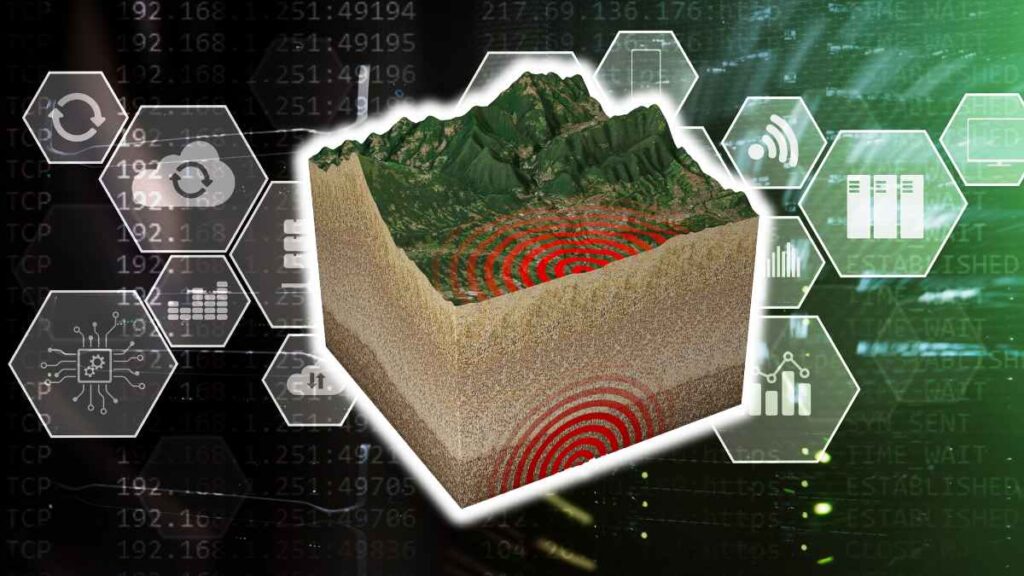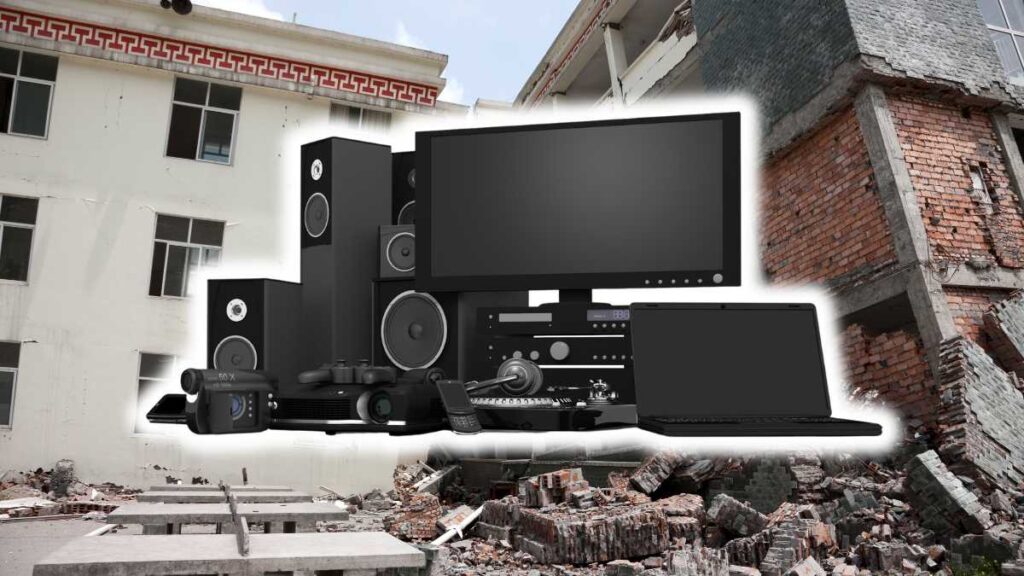One of the most important items to stockpile on for emergencies or disasters is easy to prepare food. These foods are mostly in the form of canned goods, smoked or dried food, powdered drinks, water, and instant food.
I did ample research and here are the food items you can stockpile for emergency or disaster situations that I am stockpiling myself. Generally these foods have long shelf life, and are easy to prepare.
Contents
ToggleCanned goods
Food in cans allow airtight packaging that extends the shelf life of food usually between 1 to 5 years. Canning provides robust and strong packaging that allows resilience against punctures and damage.
Below are a few examples of canned food products you can stockpile for emergencies and disasters.
- Canned fruit juice
- Anchovies (this is salty so take it easy)
- Sardines
- Tuna
- Spam (preferably less sodium)
- Pork and Beans
- Soup (comes in variety of flavors)
- Canned vegetables in water
When shopping, pick the cans with longer expiration. Those that have recently been put on stock by the store usually will have longer expiration dates than those that came before. Look from the back of the shelves since cans with longer expiration get stacked at the back. Most people most likely take the cans at the front of the stack, so stores stack the cans with nearer expiration dates at the front.
Only take cans that are not deformed to ensure lasting food quality. Cans with significant dent may develop sealing issues and can spoil the food inside much faster than usual. The quality of the sealing of the can affects the life of the food. Different food brands implement different quality control of the sealing, so stockpile the food brands that you trust.
Have a variety of food to fight food boredom. Eating the same food in successive days does not help the eating experience, so it is worth having food variety. In times of emergencies, things get tough and uncomfortable, but having good food variety would help ease up the difficult situation.
When storing your food for emergencies, sort the same cans according to expiration dates. When consuming them, take first the ones with the nearest expiration. If a can is expired, do not eat it.
Store cans in a cool, clean, and dry place with temperature between 50 to 70 F. Inspect the cans regularly and ensure the cans are not developing rust.
Smoked or dried food
Smoking is known to be the oldest food preservation method. Specifically, there are cold and hot smoking processes. Hot smoking brings some cooking effects, extracts moisture, and minimizes microbes. Cold smoking is done if the objective is to add flavor and better shelf-life longevity. Smoking is done by hanging or racking the meat in an enclosed space so smoke penetrates the meat. Care must be observed when preparing or buying smoked food due to health concerns.
Drying is also known as one of the oldest ways to preserve food. The idea of drying is to minimize the water content of the food in order to slow down the growth of microorganisms and enzymes in food.
Below are a few examples of smoked and dried food products you can stockpile for emergencies and disasters.
- Meats like beef jerky
- Moon cheese
- Dried fish
- Dried seafood snack
- Smoked ham
- Smoked sausages
- Dehydrated Orange
When storing these foods, it is recommended to refrigerate them to extend further their shelf life.
If you intend to do your own curing and smoking of food, there are guidelines created by the National Center for Home Food Preservation (NCHFP) using the 2001 Food Code which are recommendations created by the United States Public Health Service, Food and Drug Administration (PHS/FDA 2001). It also references recommendations from science-based publications. See Curing and Smoking Meats for Home Food Preservation Literature Review and Critical Preservation Points.
Powdered drinks
Powdering is a great way to preserve beverages. The improvement of shelf life is the benefit of powdering, which is a dried form of the drinks with minimal loss of taste quality. Powdered drinks are easy to prepare by adding them in water, milk or coffee. A wide variety of drinks are available in powdered form. There are juices, teas, energy drinks, coffee, and milk to name a few.
In times of emergencies, replenishment of nutrients is a must. Therefore it is good to stockpile powdered drinks that provide these benefits. Below are a few powdered drinks that you can stockpile for emergencies and disasters.
- Electrolyte Powder such as Zeal Naturals Enhanced Electrolyte Powder – good for hydration and recovery
- Energy drink powder such as 4C Energy Rush Stix
- Fruit-flavored drinks such as Crush- Powder Drink Mix
- Gatorade Thirst Quencher Powder
It is important to note that powdered drinks are not a substitute for water. So the next item on the list is a must-have, which is…
Water
Get commercially available bottled water from known manufacturers to stockpile for emergencies or disasters.
Unopened commercially available bottled water is the easiest and safest water to have. This is because bottled water, from a reputable manufacturer, underwent strict standards in terms of water handling and packaging.
The bottled water industry is regulated by the U.S. Food and Drug Administration (FDA), which does not require a shelf life for bottled water. If stored properly, bottled water can be stored indefinitely.
Although, as a rule of thumb, it is best to replace stored bottled water every 2 years. One of the reasons for this is that containers are not made equal. It is not the water quality that we worry about, but the containers the water are in. Bottled water is usually contained using polyethylene terephthalate (PET) or high-density polyethylene (HDPE). Molecules of these plastics tend to start mixing with the water after some time. These molecules or fine plastics are not good to be ingested.
Another factor that accelerates the shelf life of water is exposure to heat, which should be avoided. Bottled water must be stored in a cool and dry place.
When buying bottled water, check the quality of the cap’s seal by turning the bottle upside down and confirm that there’s no water escaping around the cap. Visually inspect the quality of the cap’s seal. Hold the cap and check if it is tight. Do not buy water with a bad-quality cap seal.
Instant food
Instant foods that are easy to prepare are a must. What instant food to stockpile depends on their nutritional benefits. Choose instant food to stockpile that can substitute as a healthy meal. Most of these can be prepared instantly or at least require hot water to serve. They also usually require a few minutes to prepare.
Below are a few instant foods you can stockpile for emergencies and disasters.
- Quaker Instant Oatmeal (just add hot water)
- Instant noodle soup (just add hot water)
- 4Patriots: 72-Hour Emergency Food Supply Survival Kit
- StarKist Tuna Creations
- Mountain House Breakfast Meals
- Augason Farms Dried Whole Egg
- Military field or humanitarian rations, or Meals Ready to Eat (MRE)
The shelf life of instant food varies widely. The one which perhaps has the longest shelf life are the MREs, which on average lasts up to 5 years in normal room temperature (75 degrees F).
MREs specify an “inspection date” rather than an expiry date on the packaging. It is specified as inspection date, which is typically 3 to 5 years, because it is the time to check the packaging if it is still good or degraded.
MREs do not require water as they are truly ready to eat.
Snack bars
Snack bars provide an easy source of nutrition and can readily be ingested. They come in a variety of flavors to satisfy every unique taste preference. They provide mainly protein and are rich in fiber.
Below are a few snack bars that you can stockpile for emergencies and disasters.
- Nature’s Juice Bar Emergency Food Bars
- S.O.S. Rations Emergency 3600 Calorie Food Bar
- QBAR Brain and Body Keto Protein Bars
- Pure Protein Bars, High Protein, Nutritious Snacks
Bonus Tips
It is important to keep track of the shelf life of your emergency food. For example when storing emergency food in your vehicle, write down the food items and expiration dates. Then use calendar management tools such as Google Calendar to log and remind you one day that any food needs to be replaced.
Do not wait for the expiry date to come before replacing food. Replace food and drinks stored before they expire. I would allow 1 month before expiry to replace food. If a disaster happens a week before food expiry, and you still have no access to fresh food 1 week after the disaster, you don’t want to be stuck with expired food.
Another tip is to follow what your taste buds say. If a food or drink smells or tastes bad, even if the expiry date has not lapsed yet, do not ingest it. One of the last things you want in times of emergencies or disaster is getting sick.
Before storing your emergency food and drinks inspect the container against dents, damage or punctures. These can significantly lessen the shelf life of the food. Only store emergency food in good containers.
Lastly, consider your family’s needs and preference on food to store. Involve your family and give them the opportunity as well to help you manage what easy to prepare food to stockpile for emergencies.




